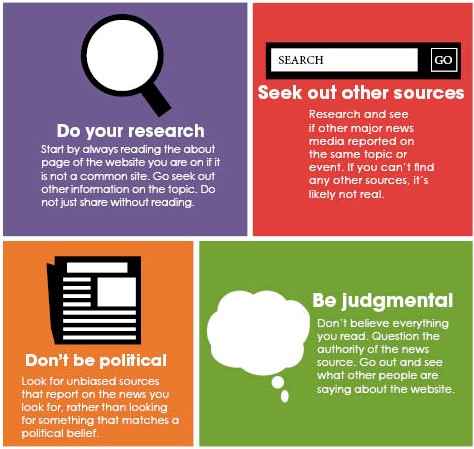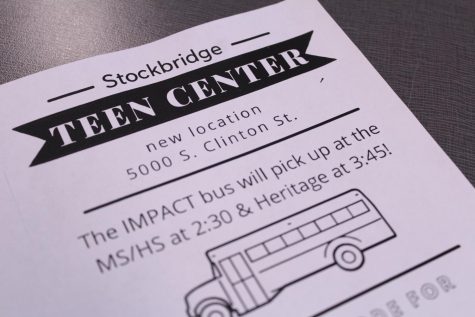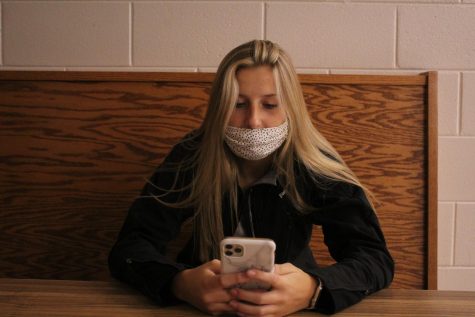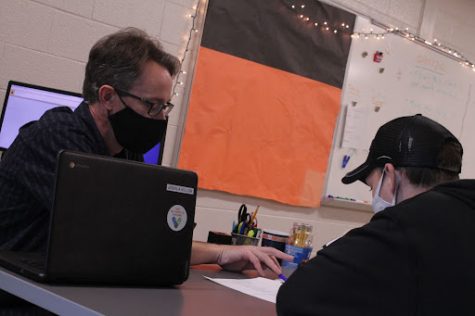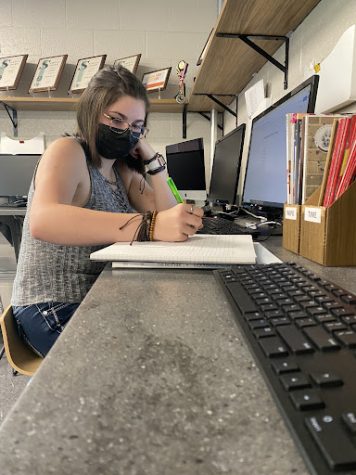False realities
Stockbridge students outsmart the statistics on fake news
From reports about the president signing an executive order to ban the Pledge of Allegiance in schools to talk of Hillary Clinton leading a sex ring, what fake news does is misinform.
Fake news, often known as news satire, is a parody of news laid out in a news format. Fake news often comes from hoax websites, made for satirical purposes or to misinform the public for political purposes.
However, people often do not look past the headline of a news piece like “The Pope shocks the world, endorses Donald Trump,” a piece written by WTOE 5, a fake news website that has since been taken offline.
According to the Pew Research Center, a nonpartisan fact tank that informs the public on issues that form America, out of a poll of 1,002 adults, 88 percent of readers were confused about fake news stories in the media, like stories of Russia in the election.
Consider the number of local news consumers who fell prey to the online fake news story about gym teacher Jason Ladd selling beef sticks for charity. The students were brought face to face with a form of more satirical news than anything. The post received attention from many adults and teens in the Stockbridge area, when it claimed that Ladd sold the product to stimulate money in the local economy. Students are left to read past headlines to depict whether something is fake or real.
Through a student poll, 100 Stockbridge students were given five news articles by Uncaged for a study, two being fake and three being real, to see if they could differentiate the types. When put to the test, on average, Stockbridge students were correct about fake news articles 89 percent of the time, meaning that most of the test takers had the ability to depict whether or not news was fake or real.
Whereas, the average adult can’t tell the difference between a real news story and a sponsored content post 75 percent of the time according to BuzzFeed.
Some acknowledge the difference in news consumption between teens and adults.
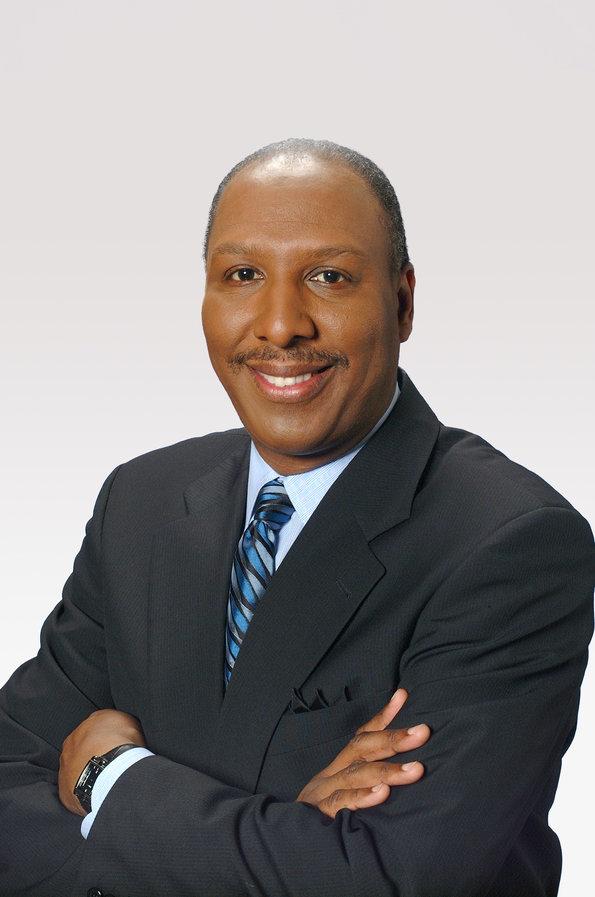
“it’s hard to say for our younger generations. They consume information different than I did. They will have to learn to evolve to find good sources.

“I think it has a lot to do with people seeking news that supports their political views. Read stuff from websites you know, don’t share something without reading it.” Ryan Kryska MLive Reporting intern.
“It’s hard to say for our younger generations,” Channel 7, WXYZ Editorial and Public affairs director Chuck Stokes said. “They consume information different than I did. They will have to learn to evolve to find good sources.”
Outside the classroom, social media contributes to the spread of this information. Online, posts can be shared without being read, meaning that articles are being shared without being read or researched, causing misinformation to reach many more readers.
Facebook is in a current project to combat the spread of this news with the “Facebook Journalism Project.” Their mission is to: “collaborate with news organizations to learn from journalists about ways to work with publishers and educators on how we can equip people with the knowledge they need to be informed readers in the digital age,” according to Facebook’s media blog. Through steps of product, training, and tools, the day and age of Facebook news is turning.
Contextually, fake news is supposed to be apparent to readers through cues in the website or the actual writing. That isn’t always the case.
“Fake news in itself is confusing,” reporting intern for MLive Ryan Kryska said. “I think that it has a lot to do with people seeking news that supports their political views. Read stuff from websites you know. Don’t share something without reading it.”
Non-credible news sources can be found by reading the website’s “About” page. This will often reveal if the website is meant to be satirical.
“To me, there’s news, and then there are things that are not news,” Stokes said. “There are stories that are not run by reliable news sources. Go to trusted media sources, get your research, and make sure it has received high reviews.”
For more information on fake news, check out NPR Report Highlights NLP’s Checkology™ Virtual Classroom

I received an invitation to join the newspaper in my ninth grade year around scheduling time. This opportunity led to an experience I never even thought...



